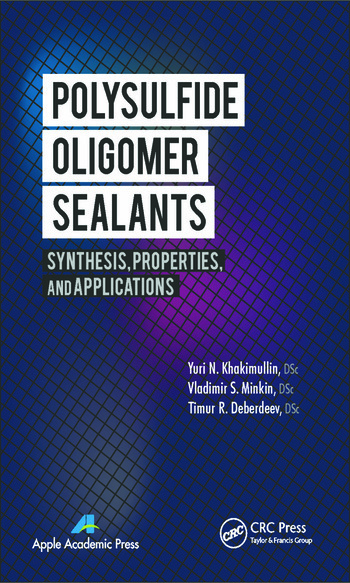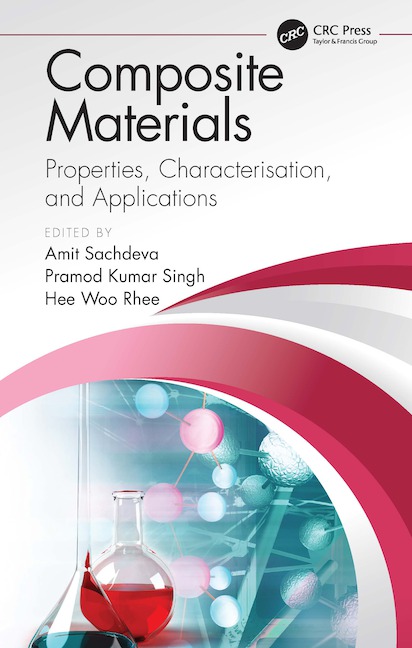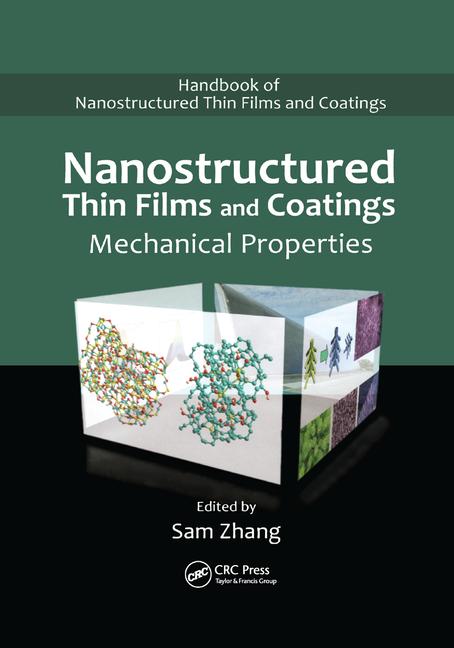Polyurethanes Improve Flight Properties of Soccer Ball


|
|
Bayer MaterialScience and adidas developed the official soccer ball of the Euro 2012. Photo courtesy of Bayer MaterialScience.
|
The Tango 12 high-tech ball is the result of a long-standing, proven collaboration between adidas and Bayer MaterialScience dating back to the 1986 Soccer World Cup in Mexico. A special feature of the Tango 12 is the texture of the surface, which is reminiscent of the structure of denim. Besides some interesting optical and haptical effects, it is also responsible for the particularly good flight properties of the ball.
In addition, adidas aimed to make the ball even rounder and ensure it retained its appearance. Fewer cut edges and greater curvature also mean fewer seams and edges in the outer shell. Soccer players are more likely to strike smooth surfaces and can therefore control the ball with greater precision. Measurements of the diameter at sixteen different points for each ball show that the deviation between the largest and smallest diameters is no more than one percent.
New Design, Proven Technology
The properties of soccer balls have improved continuously since synthetic materials were first used in ball technology. “The outer shell of the Tango 12 consists of a total of five polyurethane layers based on raw materials from our Impranil® product line,” explains Thomas Michaelis, project manager for ball development at Bayer MaterialScience. “These layers provide for optimal contact with the player’s foot and for very good control in all weather conditions.” The innermost layer is an adhesion coating that connects the textile substrate to the layers above.
On top of this is a syntactic foam layer, roughly one millimeter thick, made up of millions of gas-filled cells. The ball therefore quickly regains its spherical shape after being kicked, ensuring optimal flight.
The ball is finished off with three compact polyurethane layers of various thicknesses. They make the surface highly resistant to external factors and abrasion, but also highly elastic, ensuring the ball retains its unique appearance over the long term.
The individual panels of the ball shell are bonded together using patented Thermal Bonding Technology and thus absorb essentially no moisture. As a result, the ball is no more than 0.1 percent heavier even in heavy rain and is almost completely waterproof. A raw material development from Bayer MaterialScience is used here, too – the thermoactivated adhesive is based on a waterborne polyurethane dispersion from the Dispercoll® U product line.
The design of the adidas Tango 12 is reminiscent of the classic “Tango,” the ball used at FIFA Soccer World Cups™ and UEFA EURO™ tournaments in the early 1980s. However, a new feature is the reference to the two host nations Poland and Ukraine, which are represented by the colors of their flags. A graphic also recalls soccer’s key characteristics – unity, fighting spirit and passion. Another image is devoted to the ornamental art of paper cutting – a tradition in rural areas in both host nations.
Longest Test Phase in Development History
“No adidas ball had ever undergone such an intensive test phase as the Tango 12,” says Harald Körger, responsible for ball testing at adidas. The Tango 12 underwent strict testing during its two-year development phase. Professional and amateur players from various clubs and associations from eight countries tested the ball’s quality in practical use, and it was also subjected to comprehensive lab trials.
Looking for a reprint of this article?
From high-res PDFs to custom plaques, order your copy today!








